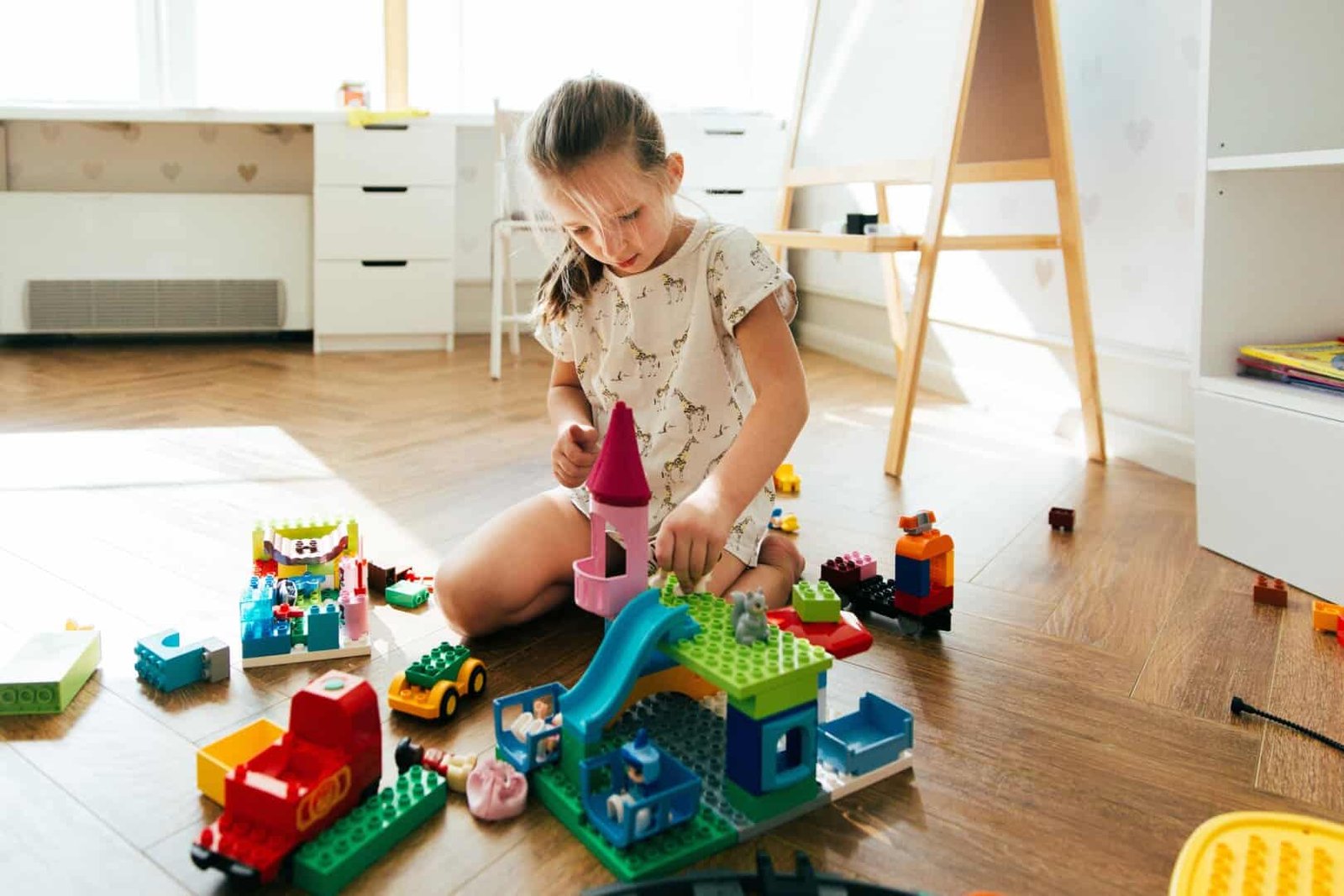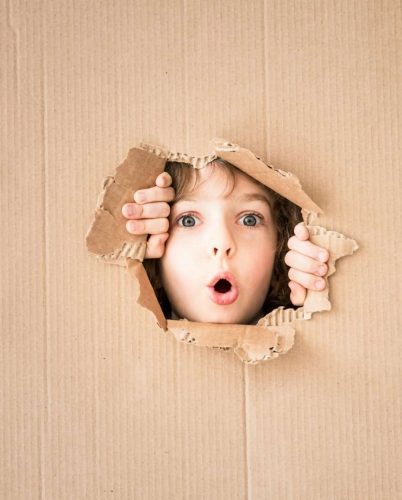It’s important to understand how gross and fine motor skills function in your little ones. Gross motor skills refer to abilities that involve the control and coordination of the body’s large muscles, such as those used to move the arms, legs, and trunk. These skills enable children to perform activities like running, jumping, and maintaining balance, which helps them explore their environment and engage in physical activities.
On the other hand, fine motor skills involve the use and coordination of smaller muscles, such as those in the hands and fingers. These skills are necessary for performing precise and detailed tasks, like writing, buttoning, and manipulating small objects. Fine motor skills are also crucial for the development of academic abilities and the completion of everyday tasks.
In autistic children, the development of gross and fine motor skills can be a challenge due to differences in sensory perception, coordination, and information processing. That’s why it’s crucial to work on these areas in a personalized and adapted way to meet each child’s specific needs. By addressing and improving these skills, you will be supporting your children’s growth and development, facilitating their social integration, and promoting their autonomy throughout their lives.
To help autistic children develop gross and fine motor skills, it’s important to adapt activities to their specific needs and maintain a fun and engaging approach. Here are some suggestions for activities to foster the development of these skills:

Gross motor skills:
Outdoor games: Practicing activities like throwing and catching a ball, playing soccer, or riding a bike can help improve coordination, balance, and muscle strength.
Obstacle courses: Design obstacle courses using items like cushions, boxes, or chairs, and guide the child through them. This activity helps develop coordination, balance, and body awareness.
Dance and movement: Play music and encourage the child to dance and move to the rhythm. This promotes coordination, balance, and spatial awareness.
Yoga or stretching: Introduce simple yoga poses or stretching exercises to improve flexibility, balance, and body awareness.
Walking on different surfaces: Encourage the child to walk on different types of surfaces, such as grass, sand, or mats. This can help improve balance and body awareness.
Imitation games: Perform movements and ask the child to imitate you, like raising their arms, jumping on one foot, or spinning in circles. These games promote coordination and balance.
Swimming: Swimming is an excellent activity for developing muscle strength and coordination and can be especially beneficial for autistic children due to its sensory properties.
Relaxation exercises: Practicing relaxation and breathing techniques, such as progressive muscle relaxation, can help improve body awareness and muscle control.

Fine motor skills:
Bead threading: Provide large beads and a string, and encourage the child to thread the beads. This activity develops hand-eye coordination and fine motor control.
Puzzles: Offer age-appropriate puzzles that require the child to manipulate and fit the pieces. This helps improve fine motor skills and logical reasoning.
Playdough: Encourage the child to play with playdough or other moldable materials. They can knead, pinch, and create shapes, which helps develop finger strength and dexterity.
Drawing and coloring: Provide the child with colored pencils, markers, or crayons, and encourage them to draw and color. This activity helps improve hand strength, coordination, and creativity.
Tweezer games: Encourage the child to use tweezers or adapted chopsticks to pick up small objects, such as pompoms, beads, or beans. This activity improves hand-eye coordination and dexterity.
Paper tearing and gluing: Ask the child to tear pieces of paper and glue them onto a sheet of paper or cardboard to create images or patterns. This activity helps develop finger strength and coordination.
Practical daily tasks: Involve the child in everyday tasks, such as buttoning clothes, tying shoelaces, or opening and closing containers. These activities promote independence and the development of fine motor skills.
Building games: Building games, like Lego blocks or stacking toys, allow the child to manipulate and assemble small pieces, which improves dexterity and hand-eye coordination.
Occupational therapy: Occupational therapists can work with autistic individuals to assess and improve their motor skills, both gross and fine, through specific exercises and activities.
Remember that patience, support, and encouragement are essential in the process. When implementing these strategies, consider the child’s individual needs and preferences. The key is to be creative, maintain a playful approach, and adapt activities as necessary. Repetition and practice are also crucial for the development of motor skills in autistic children, so don’t hesitate to incorporate these activities regularly into their routine.













